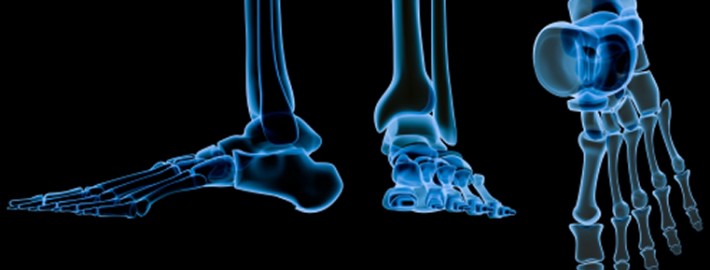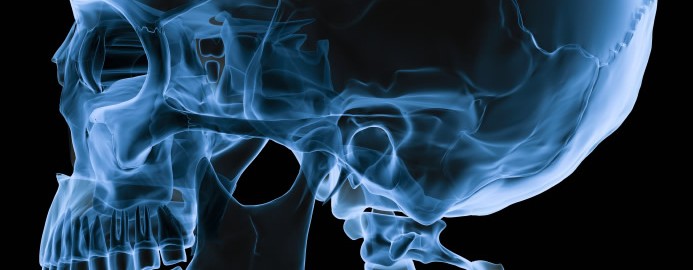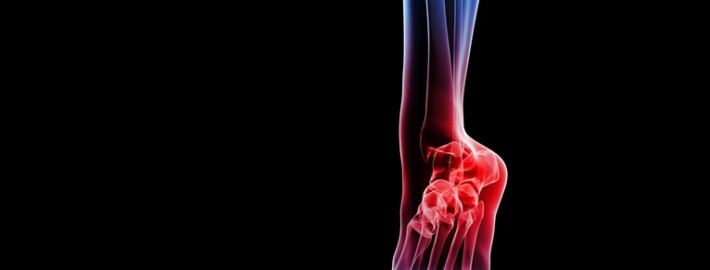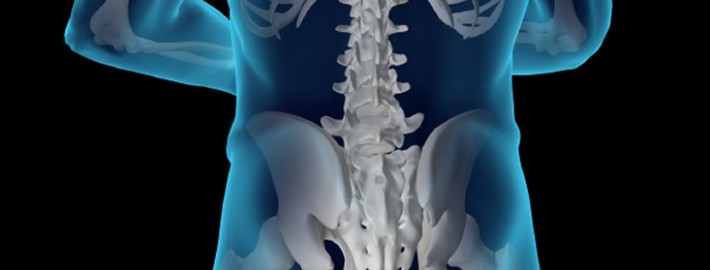Podiatry
Correct alignment and function of the foot is fundamental to achieving optimum performance and reducing the risk of injury. The use of custom made insoles can assist in this by restricting or improving the function of the foot and ankle. They work alongside the other treatments prescribed by your therapist.





